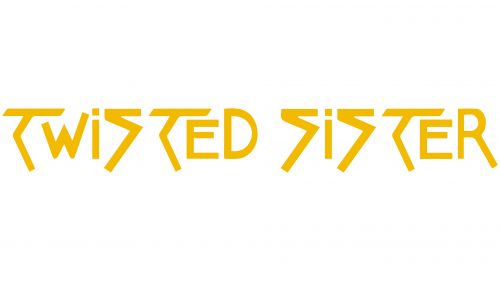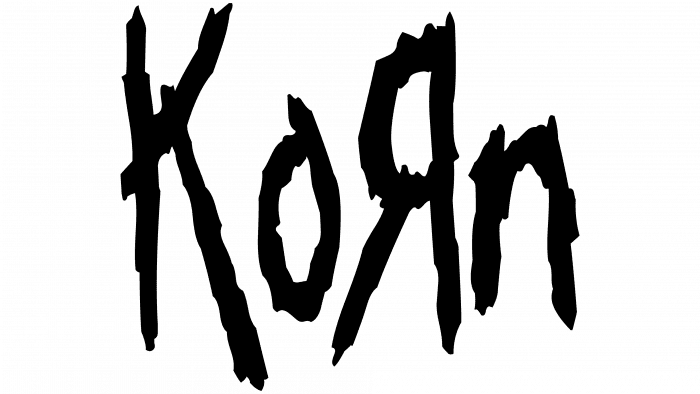The Twisted Sister logo conveys the idea of disrupted and broken order, echoing themes of decay. The emblem appears to be dancing and lighting up the dance floor, hinting at the dynamic sound of the band’s songs.
Twisted Sister: Brand overview
The renowned heavy metal band Twisted Sister, hailing from Ho-Ho-Kus, New Jersey, and later settling on Long Island, New York, seamlessly blended glam and punk rock elements to create a unique sound that still lives on today. Their distinctive style, which became a cornerstone of the heavy metal genre, served as a source of inspiration for many subsequent musicians.
Formed in 1972, the collective creative force of Jay Jay French, Eddie “Fingers” Ojeda, Kenny Neill, and Kevin John Grace gave birth to a band that quickly gained a loyal following. Their rousing performances, charged with unrivaled intensity, captivated local bars and clubs in New Jersey.
Adding Dee Snider to the Twisted Sister lineup in 1976 increased the band’s appeal exponentially. Snyder’s powerful vocals and dynamic stage presence quickly gave the band recognition and a growing fan base. Great success came for the band in 1982 when they signed a deal with Atlantic Records, which resulted in the release of the album “Under the Blade.” This album reached number 26 on the British charts, bringing the band worldwide fame.
Twisted Sister’s peculiar and daring sound was reflected in their colorful appearance – heavy makeup, voluminous hairstyles, and extravagant outfits. Their music videos capitalized on this peculiar aesthetic, setting them apart from their heavy metal contemporaries. They were instantly recognizable by their signature “Twisted Sister” look and became one of the most recognizable bands of the era.
Even after the band disbanded in 1988, Twisted Sister’s music remained the domain of heavy metal fans. Their iconic anthems, such as “We’re Not Gonna Take It” and “I Wanna Rock,” have come to symbolize defiance and strength. Their amazing rise to fame was authentically portrayed in the documentary “We Are Twisted F***ing Sister!” keeping their legacy alive.
All in all, Twisted Sister’s contribution to the heavy metal genre is undeniable. Their music, style, and relentless spirit have won many fans’ hearts and inspired many performers. Their legacy is not just historical; it continues to resound, ensuring their influence will not fade.
Meaning and History
What is Twisted Sister?
They are a distinctive heavy metal band hailing from Ho-Ho-Kus, New Jersey before settling in Long Island, New York. Known for their flamboyant performances and unique blend of rock, the band stood out for their colorful costumes, intense performances, and vibrant makeup. Their unconventional style and energetic shows caught the public’s attention, cementing their reputation in the heavy metal genre.
1982 – 2016
Twisted Sister’s logo is amusing, with its orange letters in a quirky shape that might seem more fitting for a children’s TV channel than a hardcore rock band. This playful design aligns perfectly with the band’s image, known for its love of shocking people and defying norms. The broken geometric-shaped letters have become a trademark of the rockers.
The orange color is unusual in rock musicians’ logos, making it stand out. The whimsical letter shapes spark curiosity about the band, suggesting there’s more to them than loud music. The logo carries a rebellious spirit, much like the band’s music.
The distinct geometric shapes and vibrant orange color create a memorable visual impact. The unusual design draws attention and reflects the band’s unconventional approach. The playful yet edgy design embodies Twisted Sister’s bold personality and energetic style.
The logo’s unique elements make it instantly recognizable, capturing the essence of the band’s identity. Combining the unexpected color choice and the broken shapes creates a sense of intrigue. This design choice highlights the band’s commitment to standing out and challenging expectations.





